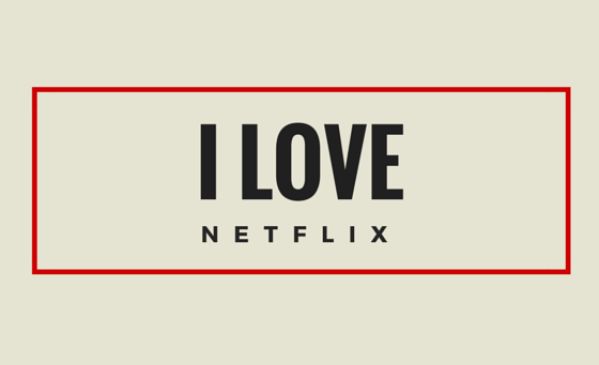Philip Kotler once described brands as helping people to make decisions. In a world of frenzied competition and bewildering choice, they are of course the fastest, simplest and most effective way to link a name to a perception of value. What can easily be overlooked however is that B2B and B2C brands are not just about very different types of decisions but that they also involve very different types of decision making.
For the most part, consumer brands look to influence an individual and/or groups of individuals (tribes). They are at their most powerful ‘in the moment’. They are about excitement through identification, and they are often strongly influenced by culture, taste, fashion and what’s important to people as people.
B2B brands have different drivers – and the most important of these, we believe, is that no-one buys a B2B brand alone. Normally, there are multiple decision-makers involved, each with their own specific areas of responsibility and priority. There’s normally an elongated decision process (sometimes highly regimented) where final approval for go-ahead must pass set stages alongside the many other agendas and priorities that companies juggle every day. As a result, the decision to use a B2B brand is often strongly influenced by track record, responsiveness, knowledge and of course reputation.
The temptation is to believe that B2B brands lack emotion because they are subject to highly logical decisions. That’s not the case – B2B is purchased emotionally as well as logically – but the emotions for buying B2B are very different from those of consumer brands. For the most part, B2B brands need to focus on risk alleviation. That means that in contrast to the excitement that consumer brands are looking to generate, B2B brands need to focus on generating emotions centered on reassurance – professionally, technically, financially, legally and of course personally (for those championing use of the brand itself).
B2B And B2C Brand Drivers
A study by McKinsey of the different drivers for B2B and B2C decisions shows these different drivers at play. In both cases, brands work to increase information efficiency, reduce the sense of risk and add to the sense of value. In the case of a B2B brand, the motivations for choosing a brand lean heavily towards risk reduction (45% weighting in the decision), with information efficiency next (41%) and the sense of added value third at just 14%. The dynamics for B2C by contrast show perceptions of added value as the most important factor (40%) followed by information efficiency (37%) and then reduced risk at 23%.
Two other insights are worth noting. The first: that the sense of value add is most important for publicly visible products and services, and that the importance of a strong and recognized brand increases significantly for those products and services that are clearly visible to the end user.
B2B branding is not a license to be faceless. Boeing, GE and many others have proven that you can be a safe pair of hands and still be a strong and deeply valued brand. Indeed B2B brands must have personality and opinions and a strong sense of fashion and evolution if they are to avoid being consigned to the OEM wilderness (where they will be eaten alive) – but their powerful sense of brand must focus on, quite literally, creating and managing distinctive security.
The Biggest Questions For B2B And B2B Brands
At The Blake Project, our opinion is the biggest question for a B2C brand is: how can we best take our customers by surprise? Because, back to Kotler, that’s what consumers are looking for – refreshed and refreshing products and experiences.
But the biggest question for a B2B brand is: what are our customers most scared of – and why do we represent the best choice to tackle and alleviate their fears?
The Blake Project Can Help: Accelerate Brand Growth Through Powerful Emotional Connections
Branding Strategy Insider is a service of The Blake Project: A strategic brand consultancy specializing in Brand Research, Brand Strategy, Brand Growth and Brand Education





4 comments
Jason Anderson
November 6, 2014 at 4:51 pm
Great article! Do you have a link to that McKinsey study? I’ve seen that info referenced in some of their pieces, but not with the actual numbers.
Mark Disomma
November 7, 2014 at 1:53 pm
Hi Jason – Puzzling. I now can’t find the source of the numbers either. What I did find that may interest you if you haven’t already seen it is their 2012 Survey which shows how B2B brands talk past their customers by highlighting things that B2B customers themselves aren’t interested in.
Sorry I can’t be of more help. Thanks for the note.
Maciej Fita
November 12, 2014 at 9:01 am
I think emotion is a huge driving force when it comes to brand building. When a consumer makes a special connection with your brand it becomes something a bit more than just an impulse buy.
Willem Simonis
April 17, 2017 at 12:10 pm
I think a point that you missed is that the “emotional hot button” in B2B is often somewhere up or down the value chain.
For corporate tax software it could be helping the accountant be a hero in the eyes of their clients – but the purchase decision is often made by some sort of IT position or corporate library position.
For heavy duty equipment it could be with the logger that can lose his/her life because if the equipment causes injury then the logger is 3 hours away from the hospital and would never see his/her grandchild again.
Lots of emotion in both cases – but not with the target audience who is perhaps more concerned with price.
I’m more of a B2C brander – but I’ve enjoyed the B2B projects I’ve worked on – it’s a challenge with finding “where” the emotion exists. 🙂
Comments are closed.